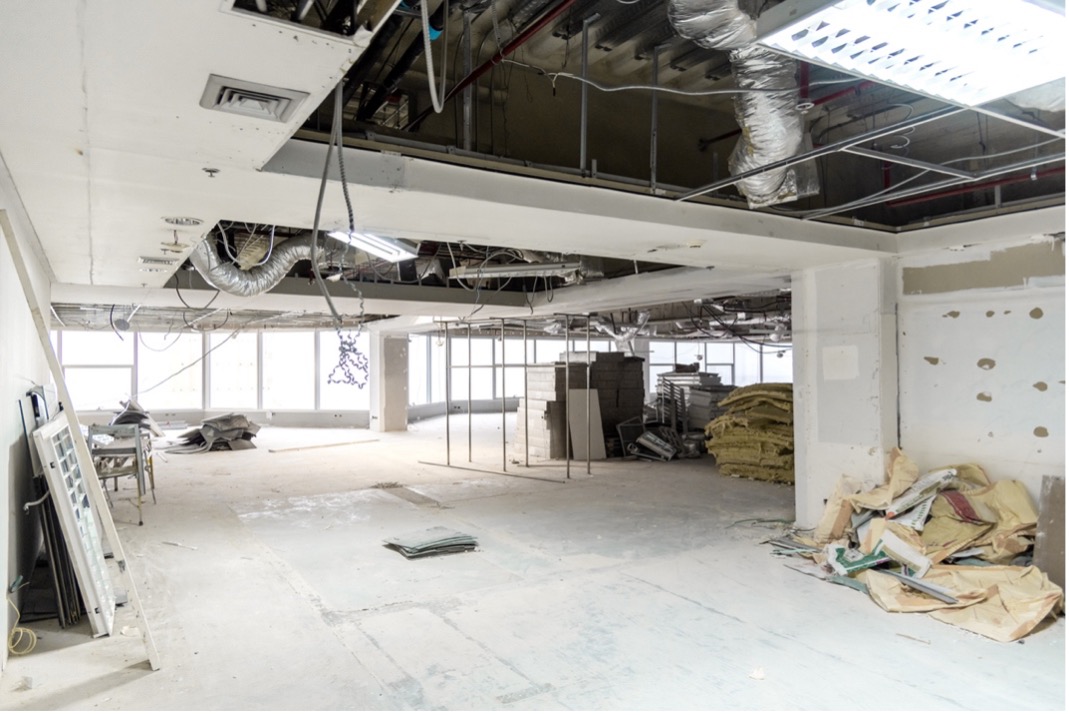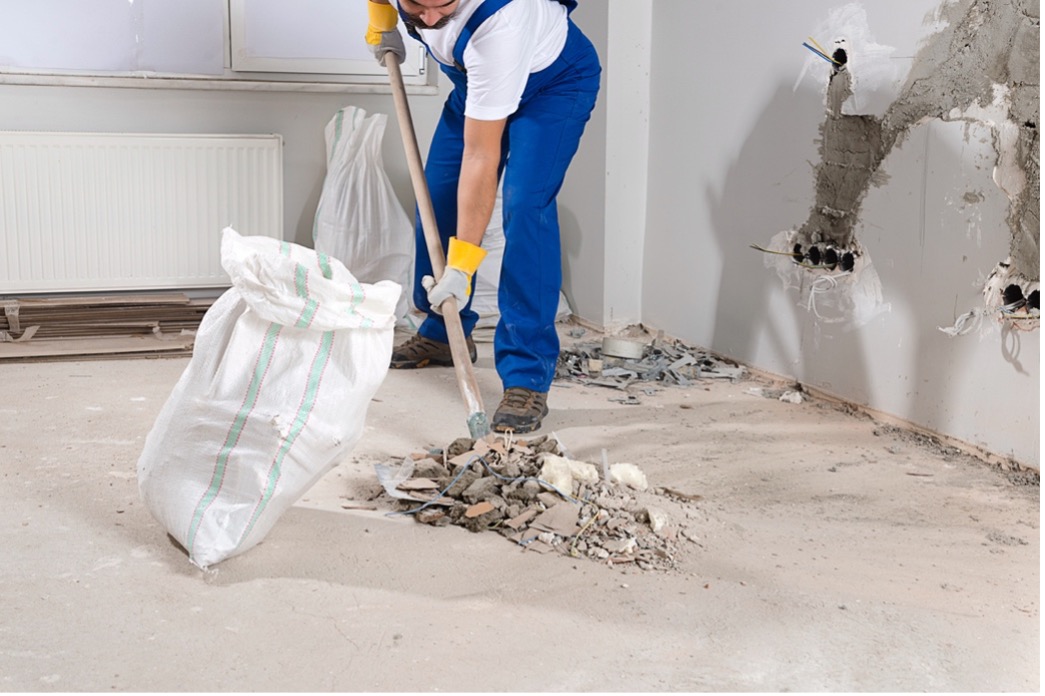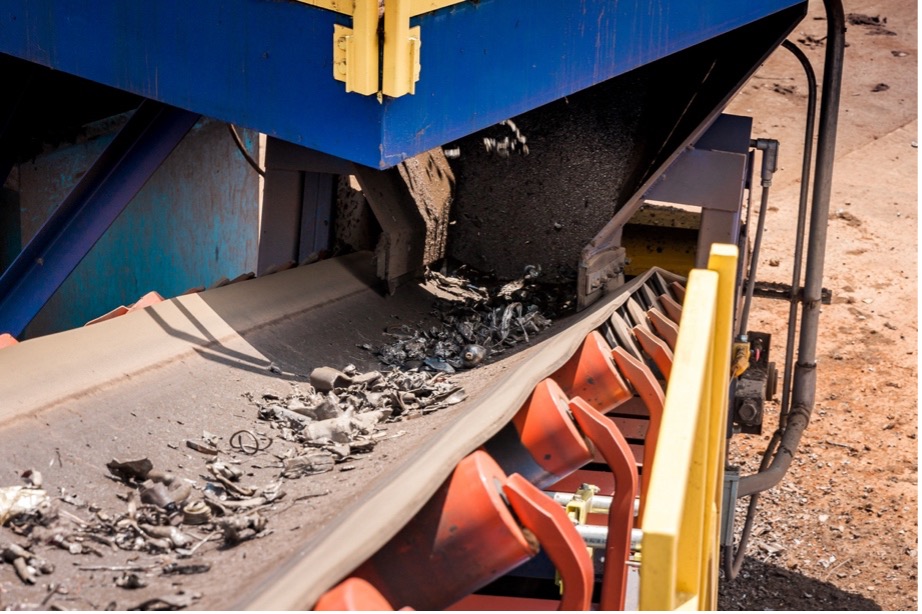If you are the owner or a stakeholder in a commercial property or business, you may at some point come across the need for industrial dismantling.
However, you may not fully understand what the term is and how it can be used to your advantage, so we’ve used our expertise to compile a list of the most common questions we get asked.
What is Industrial Dismantling?
Industrial Dismantling is the process of carefully taking apart a building or machinery for its components to then be repaired, re-used, re-purposed or recycled.
At the smallest level, industrial dismantling is the removal and processing of obsolete machinery. At the other end, you may find that you need to dismantle your entire building. You would then be tasked with processing all the waste and scrap metal recovery.
What Are The Benefits of Industrial Dismantling?
The alternative to dismantling would be demolition and so industrial dismantling obviously comes with a range of environmental benefits.
By carefully taking apart a building or large equipment inside your factory or warehouse, you’ll prevent causing damage to adjacent structures and other equipment that you still require usage of.
It may be necessary for you to dismantle machinery when your original machinery needs replacing with more updated models. This may also be the case if you’re moving locations. If your machinery, however, has expired it will need stripping by a professional and components recycled and disposed of by experts to ensure that you are meeting your legal requirements.
What Is The Difference Between Demolition and Dismantling A Building?
The key difference between demolishing a structure and dismantling a structure is that with demolition, the structure is usually destroyed. This could be through the use of explosives or heavy machinery such as bulldozers.
Dismantling, on the other hand, is a careful and thorough process that pulls apart a structure piece-by-piece to ensure that all materials used are processed in the most appropriate manner. These parts can then be re-used, recycled, or disposed of appropriately. Dismantling is also commonly used should the business owner or project manager have parts within they would like to repurpose – for instance slate as a building material.
Why Would You Need to Dismantle A Building?
The reasons for dismantling a building are usually the same as why you would need to demolish a building.
For instance, the structure could now be unsafe due to structural instability, hazardous materials, or to make room for a new development.
In the case of hazardous materials, you would need to use industrial dismantling as toxic chemicals, such as Asbestos and lead paint, are incredibly dangerous to people and the environment. As such, they need to be processed correctly to prevent their toxins being released into the surrounding air.
You may also find dismantling to be more appropriate for structures such as bridges and stadiums. In the majority of cases, it would be far too dangerous to demolish these structures using heavy machinery or explosives.
What Is The Process of Dismantling A Building?
In order to dismantle your building, you:
- Need to acquire the correct local authority permits
- Develop a demolition plan that considers the type of structure and any safety or environmental concerns
- Clear the building of fixtures, fittings, machinery, carpets, furnishings
- Put in place any safety precautions (such as signage, walkways, barriers)
- Start dismantling and remove the structure for recycling or appropriate disposal
What Happens to the Materials After Industrial Dismantling?
Once a structure or piece of industrial machinery has been dismantled, it’s important that hazardous materials are handled safely and in-line with the legal obligations by a company that has all the necessary duty of care licenses. Non-hazardous materials can be re-used and salvaged, such as through non-ferrous metal recycling.
There are hazardous materials that can also be processed and even recycled. This is something we can do at Morecambe Metals using Eddy Current Separation.
What Is An Eddy Current Separator?
Simply, an Eddy Current Separator is used to separate ferrous and non-ferrous metals in an efficient and environmentally friendly way. It can separate both large and small particles – even as small as half a millimetre.
This specialist machinery works like a conveyor belt, and underneath the end of the conveyor belt is a high-speed magnet rotating at a rapid speed, causing an electro-magnetic field.
The electro-magnetic field causes an electrical current in non-ferrous metals causing them to be deflected into a separate container to the ferrous metals and other waste (such as plastic) so that they can be recycled appropriately.
Non-ferrous metals include aluminium, zinc, and copper, which may all be components used in construction (such as copper piping) and so by separating and sorting they can be used again in other ways.
What Else Is There to Know About Industrial Dismantling?
With more than 35 years’ experience in processing and scrap metal recycling, we’re more than happy to answer any other questions you may have about how we can help your business.
You can contact us by calling 01524 69191.




